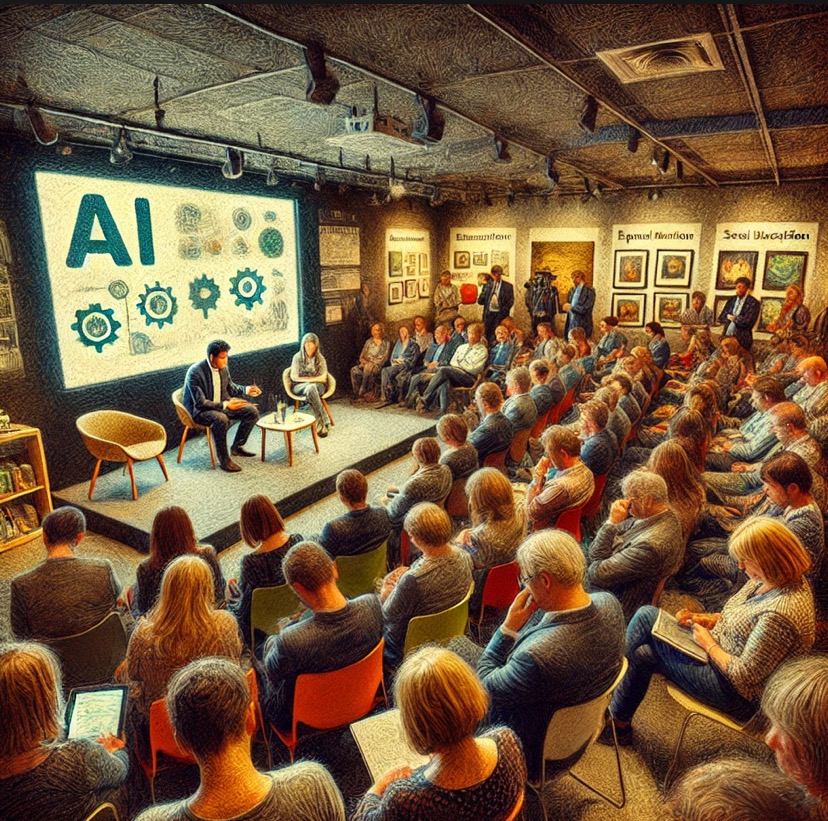As parents, we all want the best for our children, especially when it comes to their education. For families with children who have special educational needs and disabilities (SEND), this often means navigating a complex system of tailored support, individualised learning plans, and constant communication with schools. But what if there was a way to make this process smoother, more efficient, and less stressful for everyone involved? Enter artificial intelligence (AI) – a tool that’s transforming the way SEND education is delivered, and one that could be a game-changer for parents, teachers, and students alike.
AI: Not Just a Buzzword, but a Lifesaver
Let’s face it: AI can feel intimidating. For many of us, it conjures images of robots taking over the world or complex algorithms we don’t fully understand. But at its core, AI is simply a powerful tool designed to make our lives easier. Think of it as a digital assistant that can handle the tedious, time-consuming tasks we’d rather avoid like proofreading, scheduling, or data analysis.
As a writer, I’ve found AI invaluable for tasks like copy editing and grammar checks. It saves me time, ensures my work is polished, and lets me focus on the creative side of writing. This same principle applies to education, particularly in SEND teaching, where teachers are often overwhelmed by administrative tasks.
How AI is Revolutionising SEND Education
Recently, I attended a conference hosted by Earwig Academic at the Science Museum in London, where heads of special needs schools gathered to explore how AI can be integrated into their work. The key takeaway? AI isn’t here to replace teachers – it’s here to empower them.
Every child with SEND has an Education, Health, and Care Plan (EHCP), a document outlining their specific needs and the support they require. Traditionally, teachers have had to manually create individualised lesson plans for each student, a time-consuming process that takes away from actual teaching. AI tools like Earwig Academic are changing this by automating the creation of tailored lesson plans, freeing up teachers to focus on what they do best: teaching and supporting their students.
I spoke with Emilie-Kate Kidd, co-founder and marketing director of Earwig Academic, who shared her passion for this project. As a mother of a disabled child, Emilie-Kate understands the challenges families face first-hand. Her drive to improve SEND education through AI is both personal and professional, making Earwig a standout example of how technology can make a real difference.
The Bigger Picture: AI in Education
With the rise of AI tools like DeepSeek, the future of education is evolving rapidly. While some may view AI as a threat, it’s important to see it as an opportunity. AI can handle the repetitive, administrative tasks that consume so much of teachers’ time, allowing them to focus on the human side of education – empathy, connection, and creativity.
As Professor Rose Luckin, a leading expert in AI and education, explains in her book AI for School Teachers, AI’s adaptability is its greatest strength. It can analyse data, provide personalised feedback, and help educators understand each student’s unique needs. For example, AI-powered tools can assist students with reading by identifying areas where they struggle and offering targeted support. This blend of AI and human expertise creates a more inclusive and effective learning environment.
What This Means for Parents
For parents of SEND children, AI-driven platforms like Earwig Academic offer transparency and collaboration. Through secure portals, parents can access real-time updates on their child’s progress, including photos, videos, and detailed observations. This not only keeps parents informed but also empowers them to advocate for their child’s needs more effectively.
Moreover, AI can reduce the administrative burden on schools, ensuring that teachers have more time to engage with students and families. As Peter Gelardi, CEO of Earwig Academic, points out, AI has the potential to save the Department for Education billions while improving outcomes for SEND students.
Looking Ahead
The landscape of AI in education is changing fast, and it’s up to us to embrace it thoughtfully. While there are risks – such as safeguarding concerns and the potential for misuse – the opportunities far outweigh them. AI can help us create a more inclusive, efficient, and empathetic education system, one where every child has the support they need to thrive.
As Keir Starmer recently announced a £1 billion funding boost for special needs education, the timing couldn’t be better to explore how AI can enhance SEND provision. Whether it’s through tools like Earwig Academic or emerging technologies like DeepSeek, the future of education is bright – and AI is leading the way.
AI isn’t just a technological advancement; it’s a tool that can transform lives. By automating the mundane and amplifying the human touch, AI allows teachers to focus on what truly matters: nurturing, inspiring, and supporting their students. For parents, it offers peace of mind, knowing that their child’s education is tailored to their unique needs.
So, let’s embrace AI not as a threat, but as an ally – one that helps us create a brighter future for all children, especially those with SEND. After all, isn’t that what every parent wants?
What are your thoughts on AI in education? Share your experiences and questions in the comments below!




